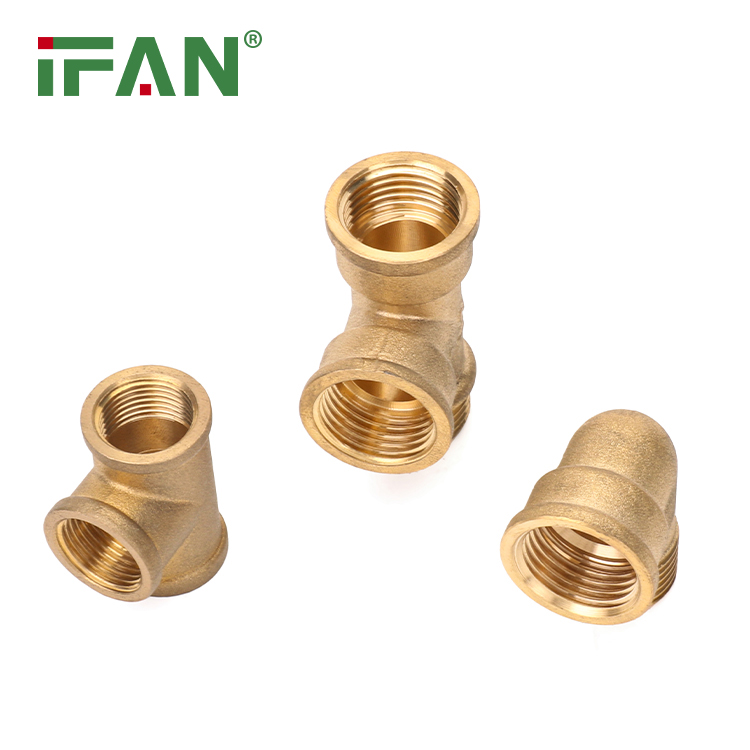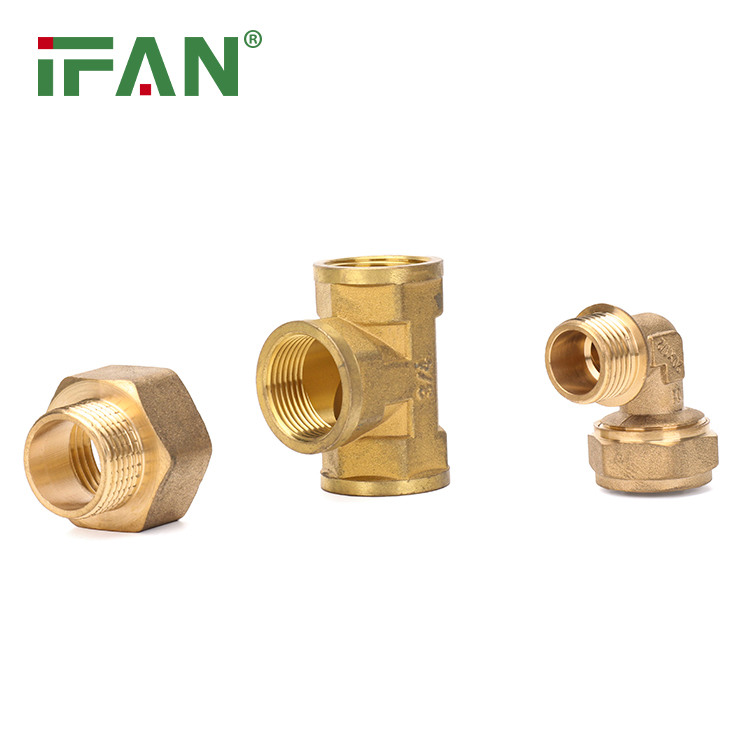Introduction:
When it comes to water supply systems, it is important to choose materials that are safe, eco-friendly, and non-corrosive to ensure the longevity and purity of the water. Brass fittings are an excellent option that meets all three criteria.
Safe:
Brass is a corrosion-resistant alloy made from copper, zinc, and trace amounts of other metals. Brass fittings are certified safe by NSF International, a non-profit organization that tests and certifies products for public health and safety. Brass is also lead-free, which means it is safe for drinking water applications.
Eco-Friendly:
Brass is a sustainable material that can be recycled indefinitely without losing its properties. Choosing brass fittings for your water supply system can significantly reduce your carbon footprint, as it takes less energy to recycle brass than to mine and refine new materials.

Non-Corrosive:
Brass fittings are known for their resistance to corrosion, which means they can last for decades without deteriorating or causing problems. This makes them a cost-effective solution for water supply systems in the long run. Unlike plastic or steel, brass does not leach chemicals into the water, ensuring the purity and taste of the water.
Versatile:
Brass fittings come in many shapes and sizes, making them easy to install and compatible with a variety of plumbing systems. From elbows to couplings to valves, brass fittings can be used for almost any water supply application. Their durability and flexibility also make them a great choice for industrial and commercial applications.
Conclusion:
If you are looking for a safe, eco-friendly, and non-corrosive option for your water supply system, brass fittings are an excellent choice. They are certified safe, sustainable, and long-lasting, and are compatible with many plumbing systems. By choosing brass fittings, you can ensure the continued purity and quality of your water while reducing your environmental impact.






